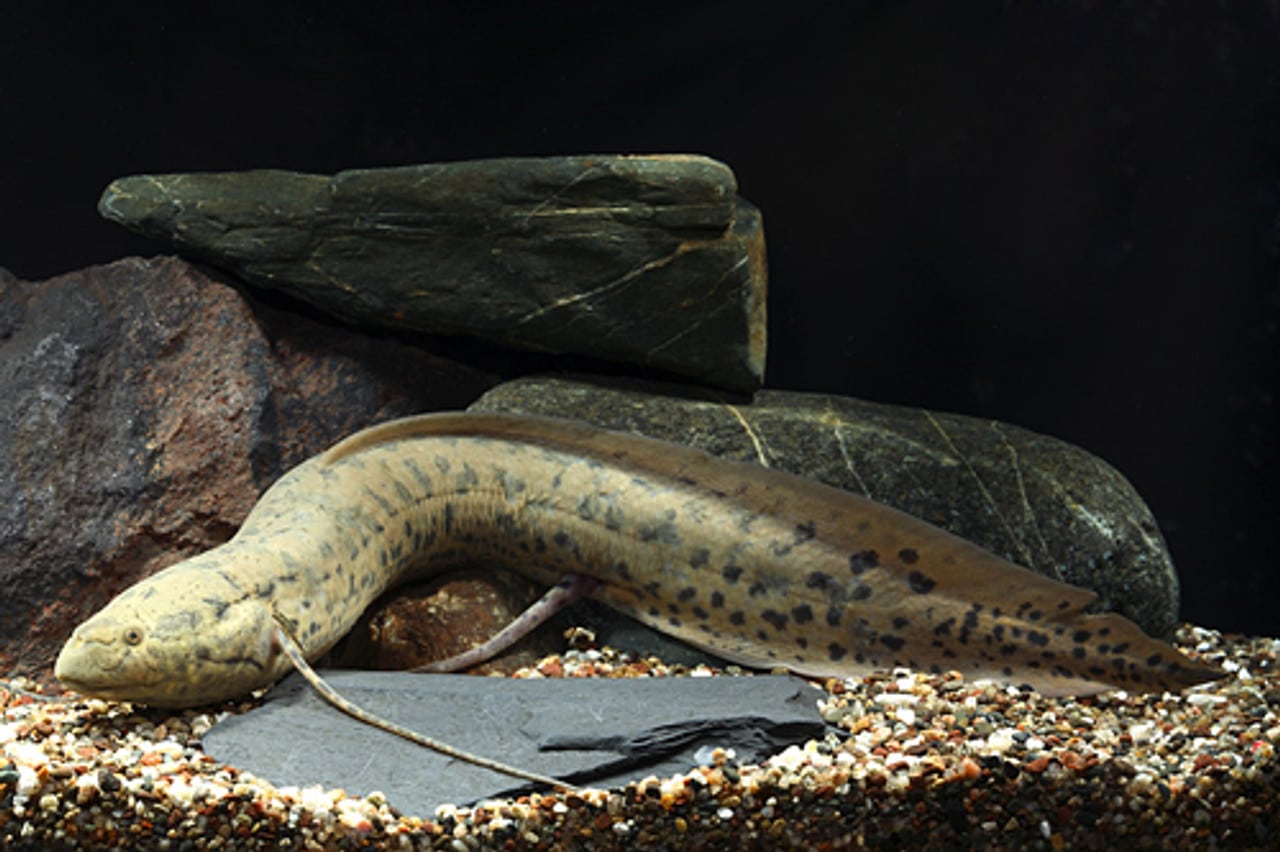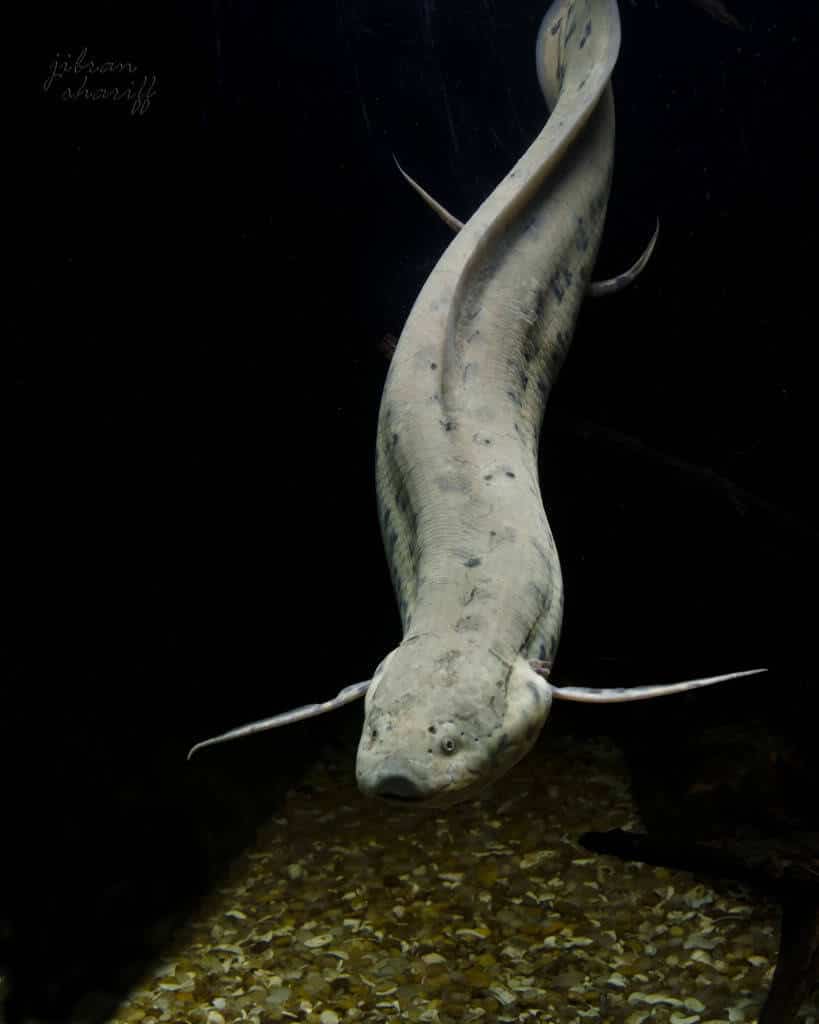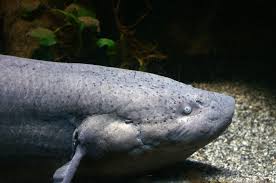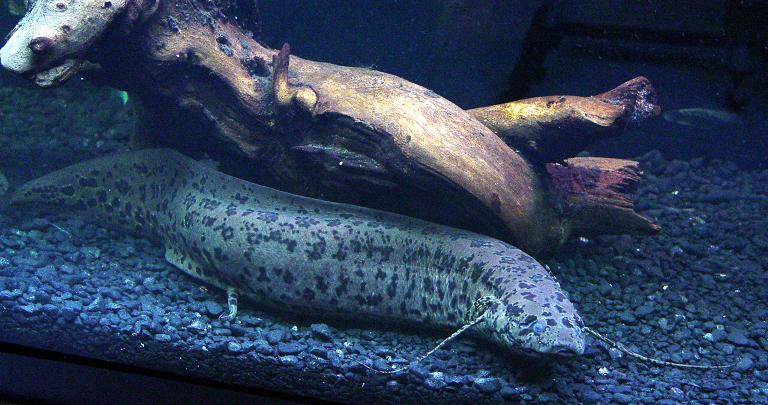African Lungfish A Fascinating Aquatic Survivor

The African lungfish, scientifically known as Protopterus annectens, is a remarkable aquatic creature that has captivated the attention of scientists and nature enthusiasts alike. With its unique adaptations and incredible survival strategies, this ancient fish has stood the test of time in the ever-changing aquatic ecosystems of Africa.

One of the most intriguing aspects of the African lungfish is its ability to breathe both underwater and in air. This remarkable adaptation allows it to survive in environments where other fish would struggle. When water becomes scarce or completely dries up, the lungfish can aestivate, a state similar to hibernation, by burrowing itself in mud and secreting a protective cocoon. During this time, it relies on a specialized lung-like organ to extract oxygen from the air, enabling it to survive for months or even years without water.

Another fascinating feature of the African lungfish is its unique reproductive behavior. Unlike most fish species that lay eggs, lungfish are known to exhibit parental care. The female lungfish digs a nest in the mud, where she lays her eggs. The male lungfish then guards the nest, protecting the eggs from predators and ensuring their survival. This parental investment is a rare behavior in the fish world and highlights the complexity of their social structure.

In terms of physical appearance, the African lungfish is characterized by its elongated body, covered in scales and mucus-producing glands that help retain moisture during periods of drought. It has two sets of fins, one closer to the head and the other near the tail, which aid in propulsion and stability while swimming. Its mouth is equipped with sharp teeth, allowing it to feed on a variety of prey, including small invertebrates, crustaceans, and even other fish.

The diet of the African lungfish also contributes to its remarkable adaptability. During periods of drought, when its preferred food sources are scarce, the lungfish can enter a state of torpor, reducing its metabolic rate and relying on stored fat reserves for energy. This adaptation allows it to survive extended periods of food scarcity, making it a true survivor in harsh and unpredictable environments.

While the African lungfish may not be as well-known as other aquatic species, its unique characteristics and ability to withstand challenging conditions make it a fascinating creature worth studying. Scientists continue to explore its genetic makeup, behavior, and physiology, hoping to unlock the secrets behind its remarkable adaptations.

as we delve deeper into the world of the African lungfish, we gain a greater appreciation for the diversity of life on our planet and the extraordinary strategies that organisms have evolved to thrive in even the most extreme environments. The African lungfish serves as a reminder that nature never ceases to amaze us with its ingenuity and resilience.



